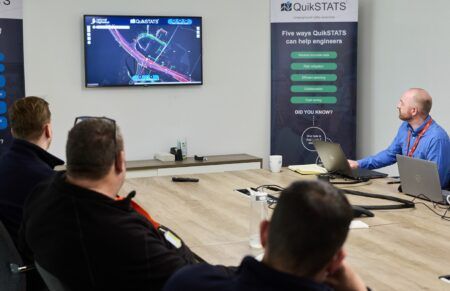In response to the tragic collapse of the Morandi Bridge in Genoa, Italy, last week, Highways England (HE) has issued a statement to reassure drivers using its road network.
Following the collapse of the Morandi Bridge on August 14, highways agencies and operators worldwide have been reevaluating the construction, maintenance, testing and monitoring of their key infrastructure. As the government-owned company responsible for modernizing, maintaining and operating England’s motorways and major A roads, HE is keen to point out that it has not used the same construction techniques as the Genoese bridge.
Operated by Autostrade per l’Italia, part of the Atlantia group, the Morandi Bridge on the A10 highway is unusual in that it is made mostly of pre-stressed and reinforced concrete, including parts that in modern bridges are usually made of steel, such as the diagonal stays that help support the road from the towers.
HE notes that although it is responsible for more than 21,000 structures on England’s network of motorways and major A roads, none of them are of similar design to the one in Italy. The agency highlights that it has a rigorous inspection regime for all of its structures, which takes into account design, age and the likely maintenance needs. General inspections are undertaken every two years, with more detailed principal inspections typically every six years, which involve close inspection of all parts of a structure.
“Our deepest sympathies are with everyone involved in the tragic bridge collapse in Genoa, Italy,” said HE’s chief highways engineer, Mike Wilson. “We can reassure drivers that safety is, and always will be, our top priority. We have detailed design standards and quality control processes to ensure bridges are designed and constructed to provide safe and comfortable journeys for road users. This is supported by a thorough and regular regime for inspecting all structures, including bridges, on England’s motorways and major A roads, and taking any necessary action to help ensure they stay safe.”
Wilson continued, “A very small proportion of our structures are suspension or cable-stayed bridges but none of them are of similar construction to the one in Genoa. We’re committed to continually improving our network to make every journey the safest it can be. So, when the causes of the Genoa bridge collapse have been investigated and reported, we will carefully assess any lessons to be learned, and will bring in any required changes to standards and processes.”




